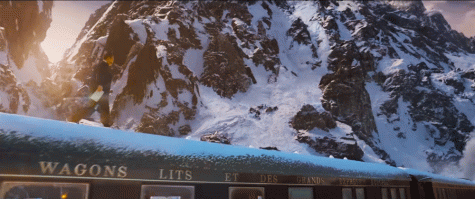
The glare of the morning sun’s light and the snow in the setting give an oddly serene mood to a stranded train, a small detail that is vitally important to the film. In addition, Poirot walking on top of the train while speaking with someone on the ground only adds to the development of his character.
***ALERT! This article contains spoilers!***
Written by Agatha Christie, the Queen of Mystery, Murder on the Orient Express is one of the greatest technical achievements of all time.
It tells the story of thirteen people stranded on the Stamboul-Calais coach along with the world’s greatest detective—and a dead body which has been stabbed twelve times.
Mystery is my favorite genre, and Agatha Christie is by far my favorite author. Needless to say, I absolutely lost my mind with excitement when I saw the first trailer for the Murder on the Orient Express movie. Not only was it an incredible book, but a movie version along with a star-studded cast was sure to impress.
Right?
I didn’t see the movie until a few weeks after it came out, and I was surprised at all the negative reviews I had been seeing. Most people were saying the movie was incredibly disappointing, bland, and not worth the time.
But allow me to offer a dissenting voice. Yes, certain parts of it were disappointing. But with this movie, the good outweighs the bad.
First: Murder on the Orient Express sports the most Oscar-deserving cinematography I’ve ever seen. The way Kenneth Branagh (who also plays Poirot, the mustached Belgian detective) and the entire directing team used camera shots, lighting, and colors throughout the movie is stunning. If nothing else, it is worth seeing the movie just for this.
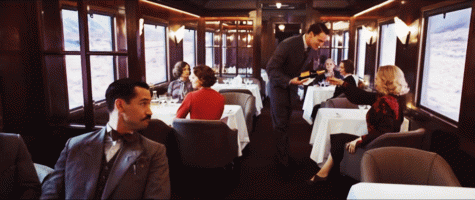
M. Bouc (Tom Bateman) greets Mrs. Hubbard (Michelle Pfeiffer) in the dining car on the Orient Express. The extreme attention to detail in the set can be seen from the coordination of the color of the train’s interior and the characters’ costumes to the subtle crystal wine glasses or the lighting fixtures on the walls.
There are a few obvious examples of this. When Ratchett (Johnny Depp) is murdered, the entire scene in which Poirot finds the body is filmed from a bird’s eye view, looking directly down at the characters below. It provides an aspect to this scene that makes it stand out. It suddenly becomes more interesting than any ordinary camera shot, and this is as it should be. As a side note, there is no background music in that scene, which means that when the characters aren’t speaking, the theater is silent. Everything works together to create a perfectly eerie mood.
The entire set of the movie is stunningly ornate, and the attention to detail on the train is beautiful. One feature of the train is its use of bevelled glass. This may seem commonplace or ordinary, and it is, but certain scenes are shot through this bevelled glass. What makes this a novel idea is that the camera is moving along the plane, and as it does, things seen through the glass change and pop into and out of view. For example, there is a shot at one point of Mrs. Hubbard (Michelle Pfeiffer) in profile, but as the camera moves behind the bevelled part of the glass, she slowly fades out of view and then back in. The lighting in this scene is also incredible, as it gives an odd glowing look and provides some glare that almost seems to block out Mrs. Hubbard at one point.
What’s interesting is that this movie was shot on film rather than recorded digitally. Branagh says that film makes the movie look “sharper, richer, [and] more colorful.” It’s an interesting directorial decision, and it seems to have been very effective.
I think that those who are reacting badly are reacting to the acting. With a cast that included everything from Oscar winners to Tony winners to Grammy winners, I had very high expectations going into it, especially since the cast was the main draw in advertising.
However, the directing team made some mistakes in casting. Their first choice was a good choice. Branagh was fantastic as Poirot. He captured the essence of his character, a strong-willed, black-and-white, genius cross between a realist and a romantic. Impressive mustache, too.
But the rest of the cast was either good but not great or just out of place. People like Leslie Odom, Jr., one of the stars of Hamilton, or Daisy Ridley, fresh off a starring role as Rey in The Force Awakens, or even Judi Dench, an all-around fantastic actress, just didn’t have a big enough role to develop their character at all. Most of the cast ended up getting lost among… all the rest of the cast. I found myself wondering whether this book was a suitable subject for a movie. Christie developed her characters brilliantly, something that these screenwriters failed to do. I think the fact that the directing team focused on getting an amazing cast was great for advertising, but with so many characters, the movie got too crowded, and the talent they worked so hard to get was wasted.
Other people were simply not meant to be in this movie. I was particularly disappointed by Michelle Pfeiffer, who played Mrs. Hubbard. It was painfully clear that she was not the right actress for the role. Hubbard, who is supposed to be a semi-obnoxious, overly chatty, southern American mother, fell short and was dull. When it was revealed at the end that she was actually Linda Arden, an actress known for tragedy roles, I really believed it.
Overall, I was impressed by how well the movie stayed true to the book. There were a few added scenes that didn’t need to be there, such as an odd chase scene between Poirot and Hector MacQueen (Josh Gad) or a high-intensity confrontation between Poirot and Dr. Arbuthnot (Leslie Odom, Jr.).
These were bad choices in my opinion, but the writers made some other good decisions. An added scene at the beginning in which Poirot solves a seemingly unsolvable mystery involving an argument between an imam, a priest, and a rabbi was a nice way to develop the detective’s character before the main plot, and cutting down a romantic scene at the beginning between Mary Debenham (Daisy Ridley) and Dr. Arbuthnot helped the film move to the main action more quickly.
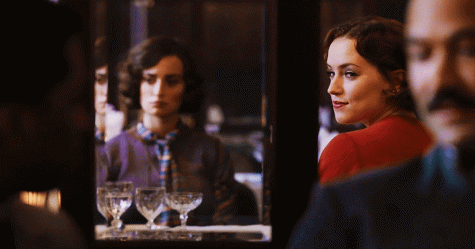
Here, Mary Debenham (Daisy Ridley) sits across from Pilar Estravados (Penélope Cruz) in the dining car. Although blurred, Pilar Estravados is viewed through bevelled glass. Most of these shots are much closer to the glass, which helps create the effect by eliminating the edges and allowing the bevel to affect the entire shot.
At the very end, when Poirot solves the mystery, I found it odd that the writers took out an interesting fact. One of the major themes of Christie novels is the restoration of justice. The murder of Ratchett, who was himself a murderer, brought justice, and he was murdered by the twelve people most deeply affected by the tragedy he caused. But Christie, in the book, has Poirot note that there were twelve murderers, and there are twelve people on a jury. It was this jury that decided Ratchett’s punishment for his crimes. I think this is such a cool part of the book, and I wish the writers would have left it in.
With all this said, Murder on the Orient Express is a timeless classic, and I believe this movie is worth seeing. There are definitely some things I would have changed. But it truly is a spectacle, and that’s what makes the movie.



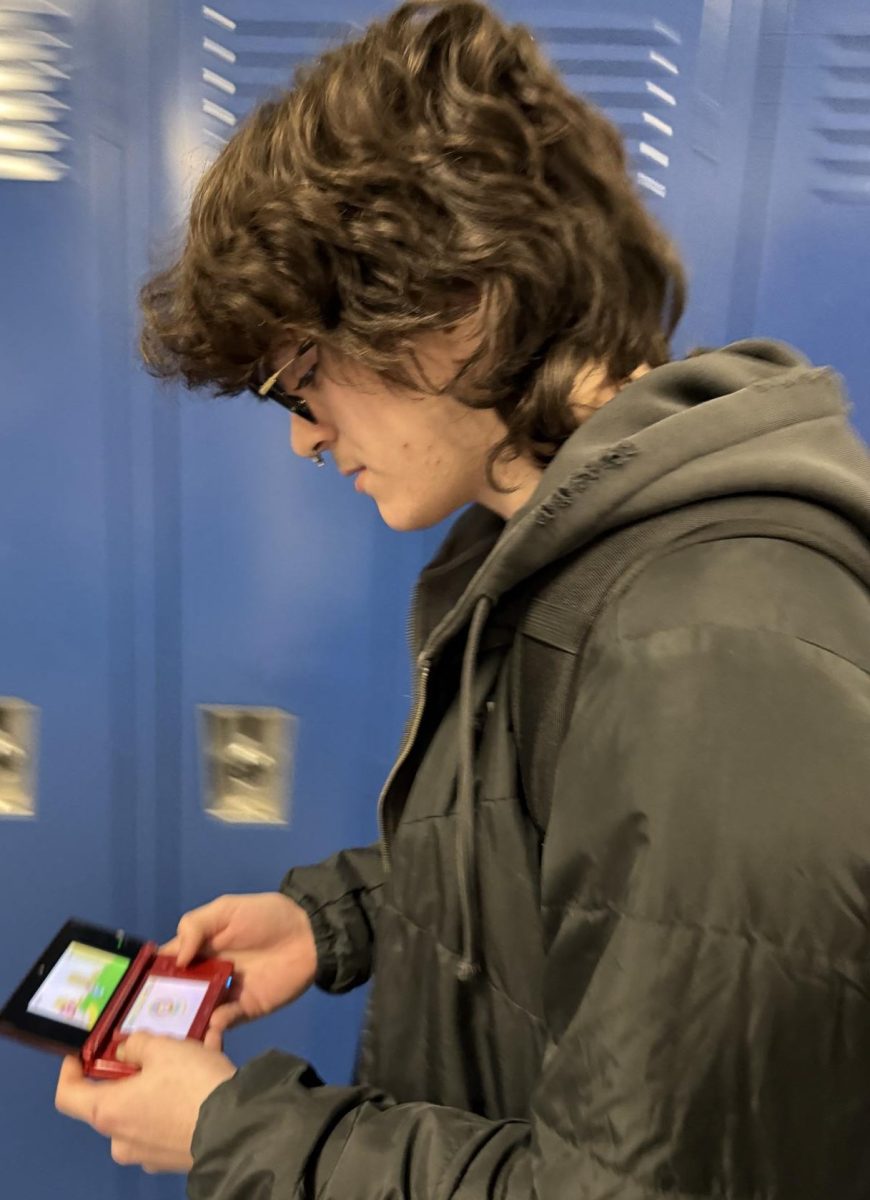
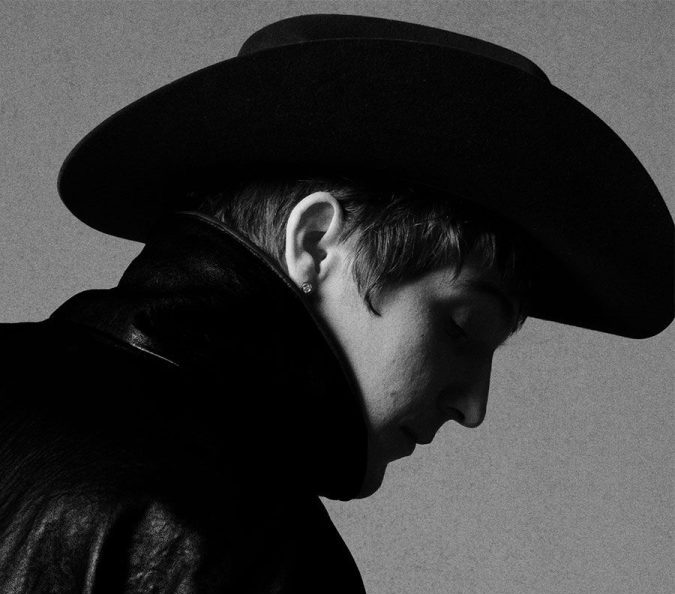
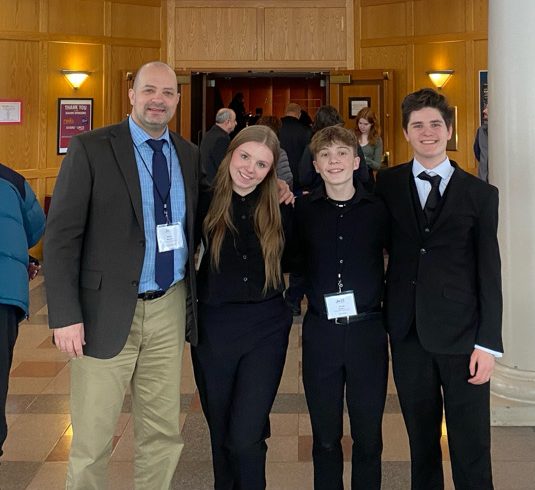

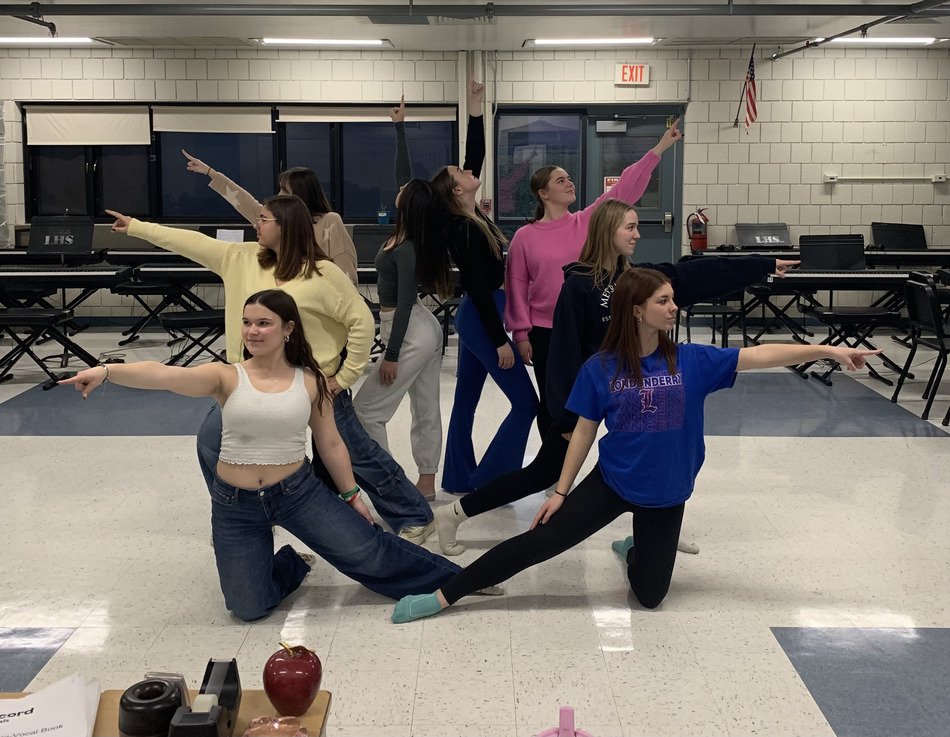
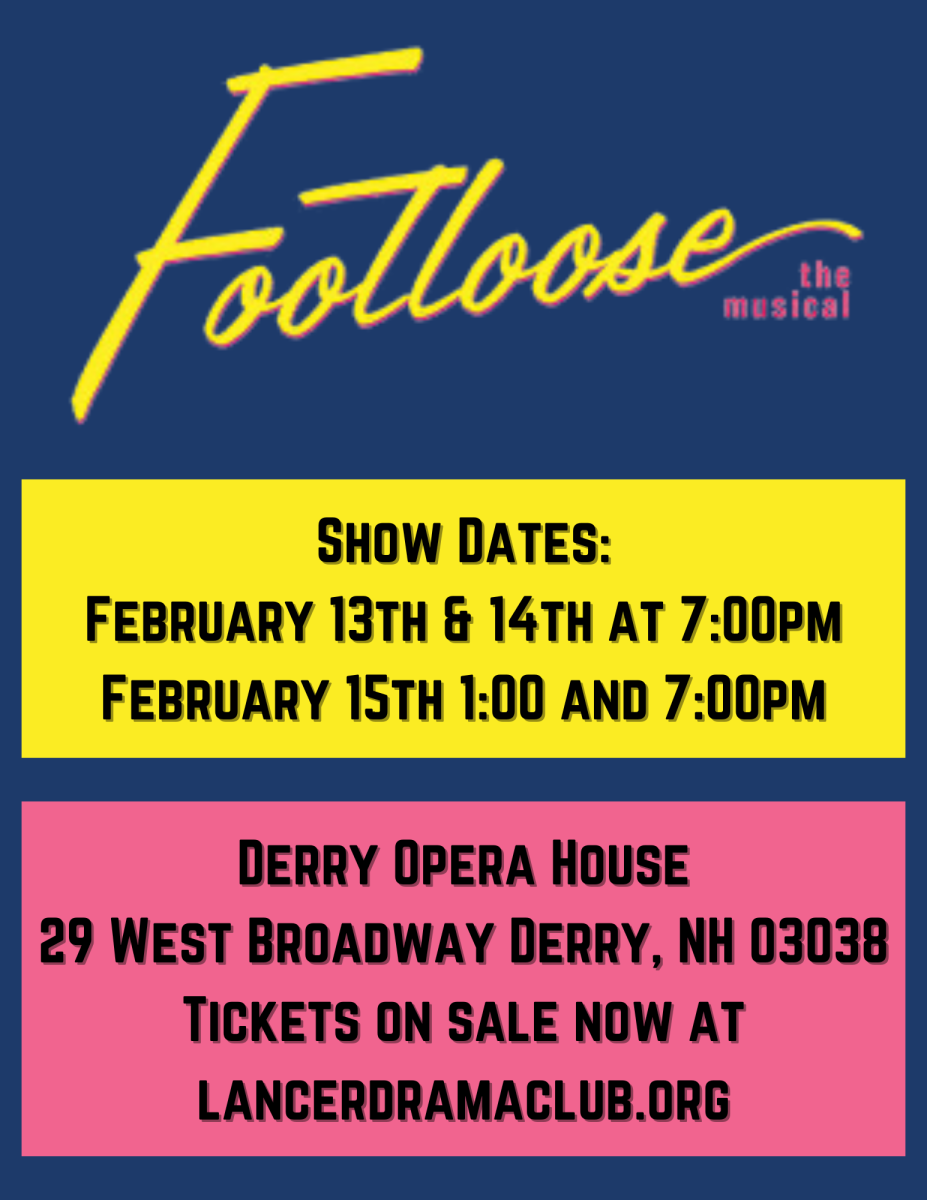
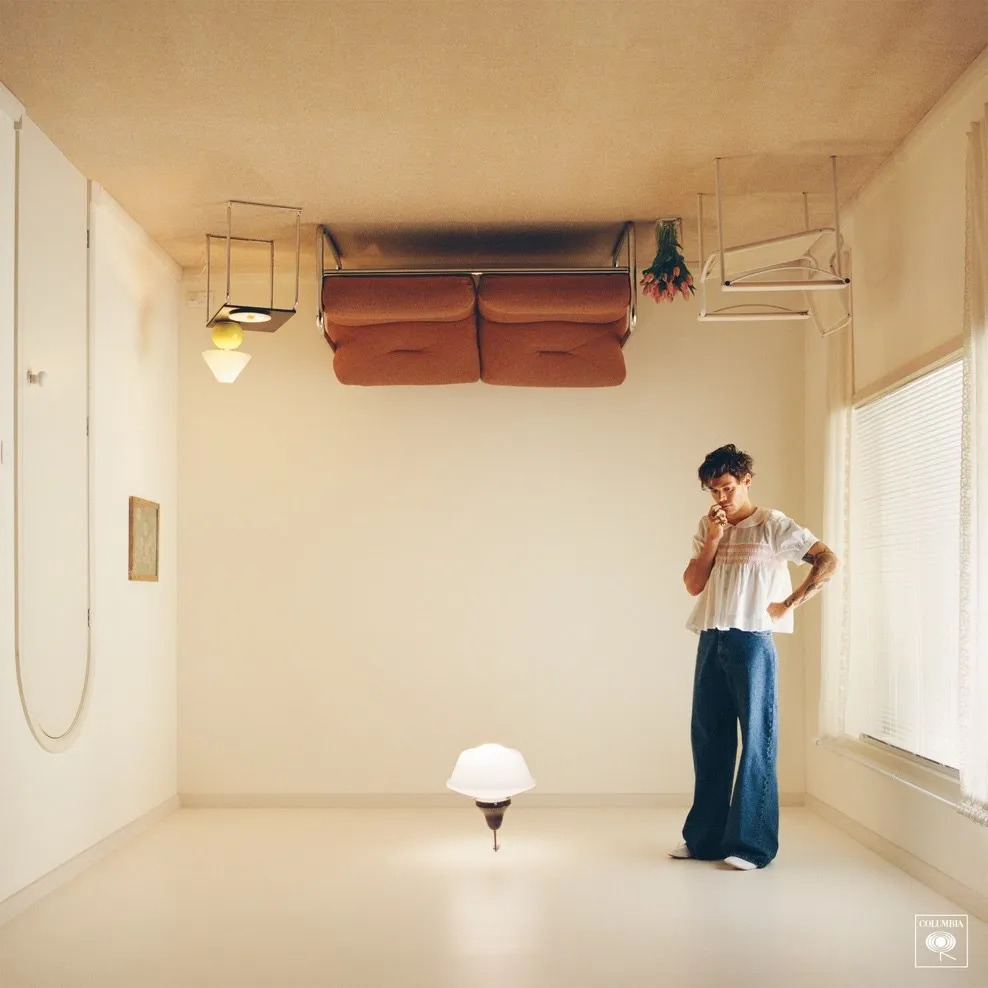
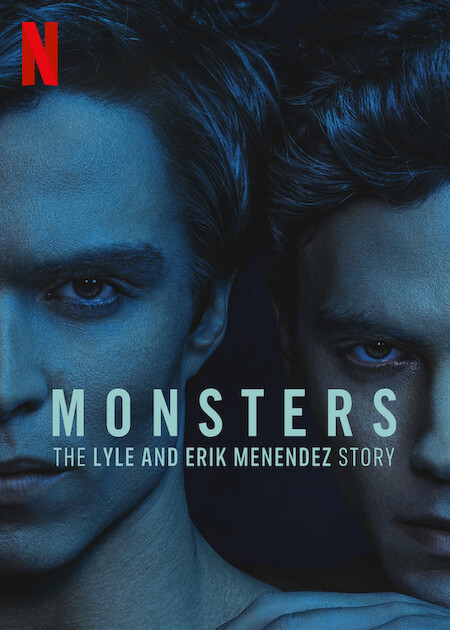

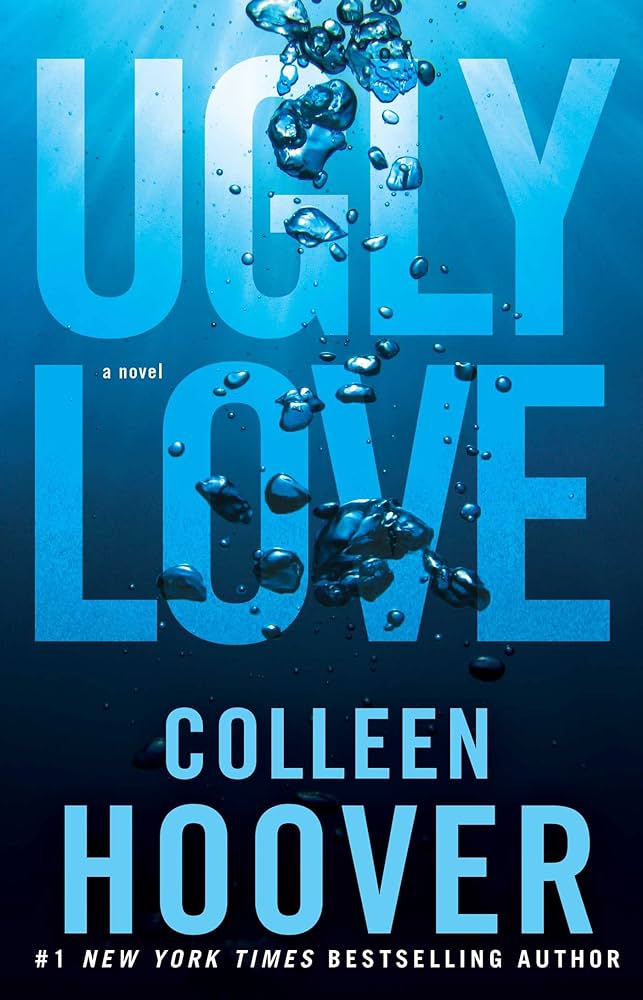
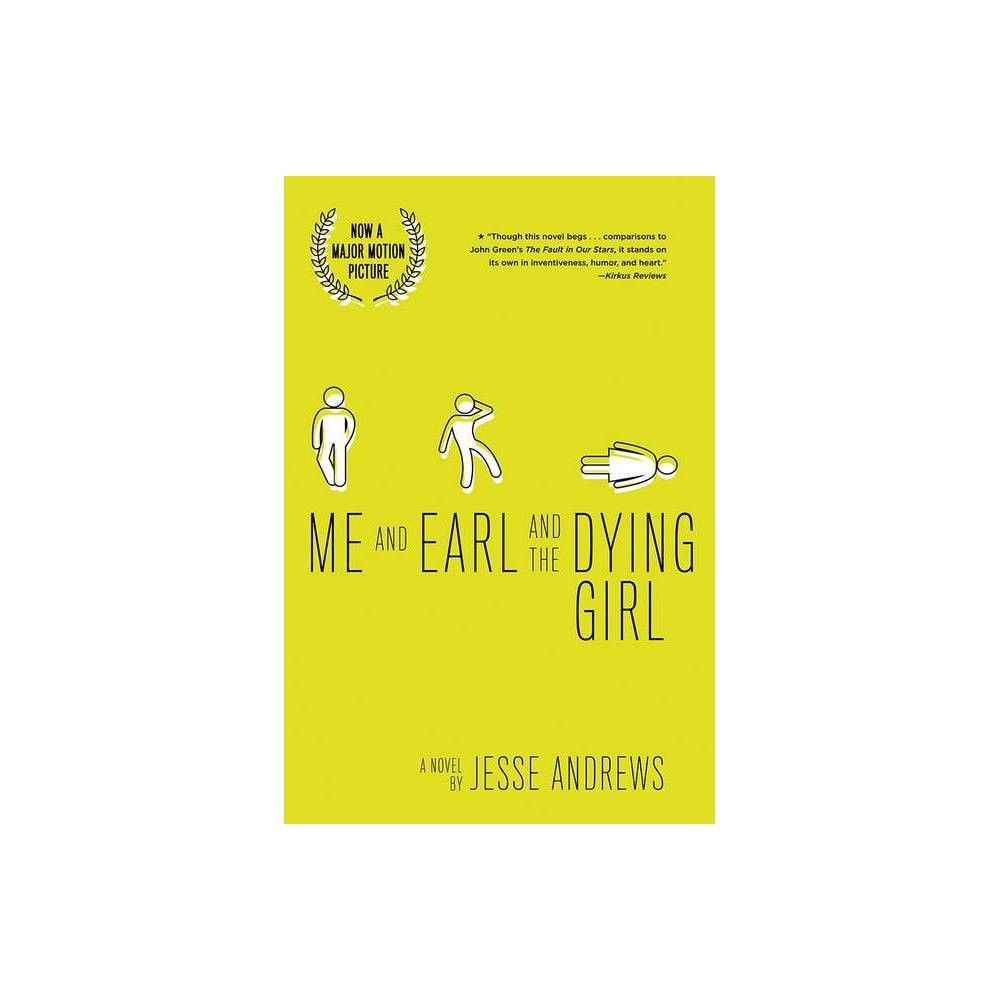
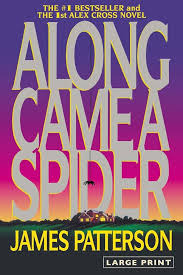
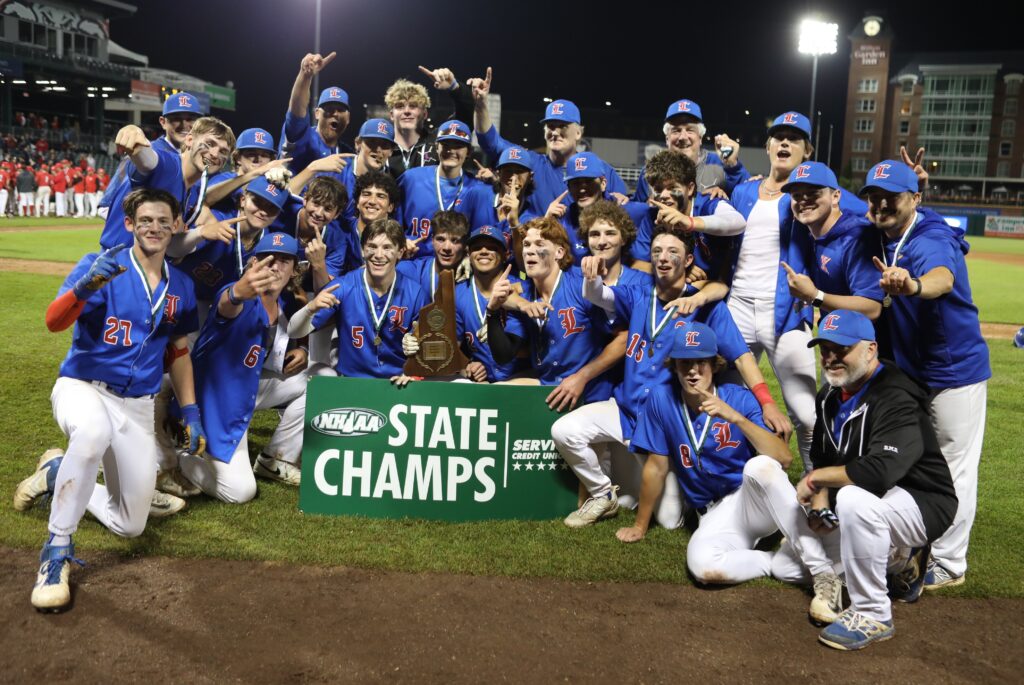
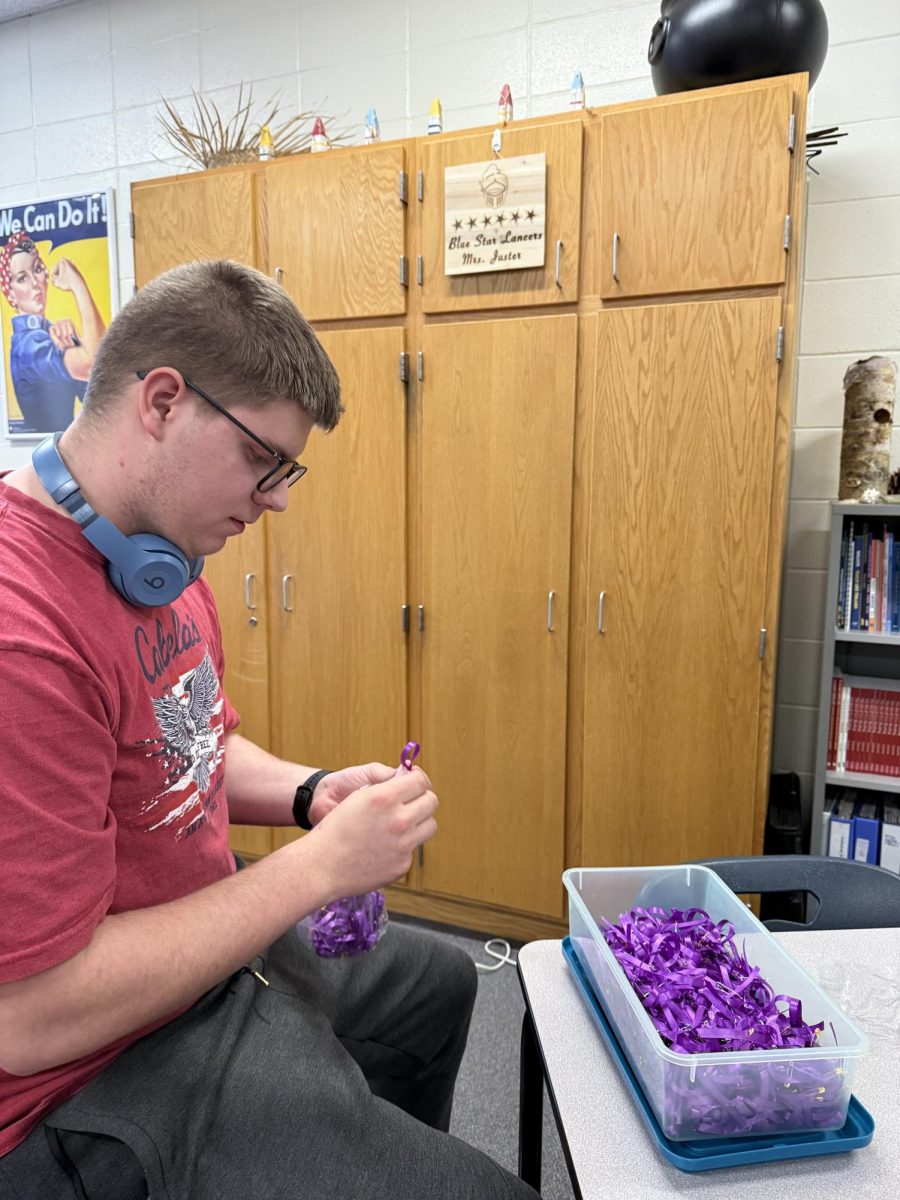

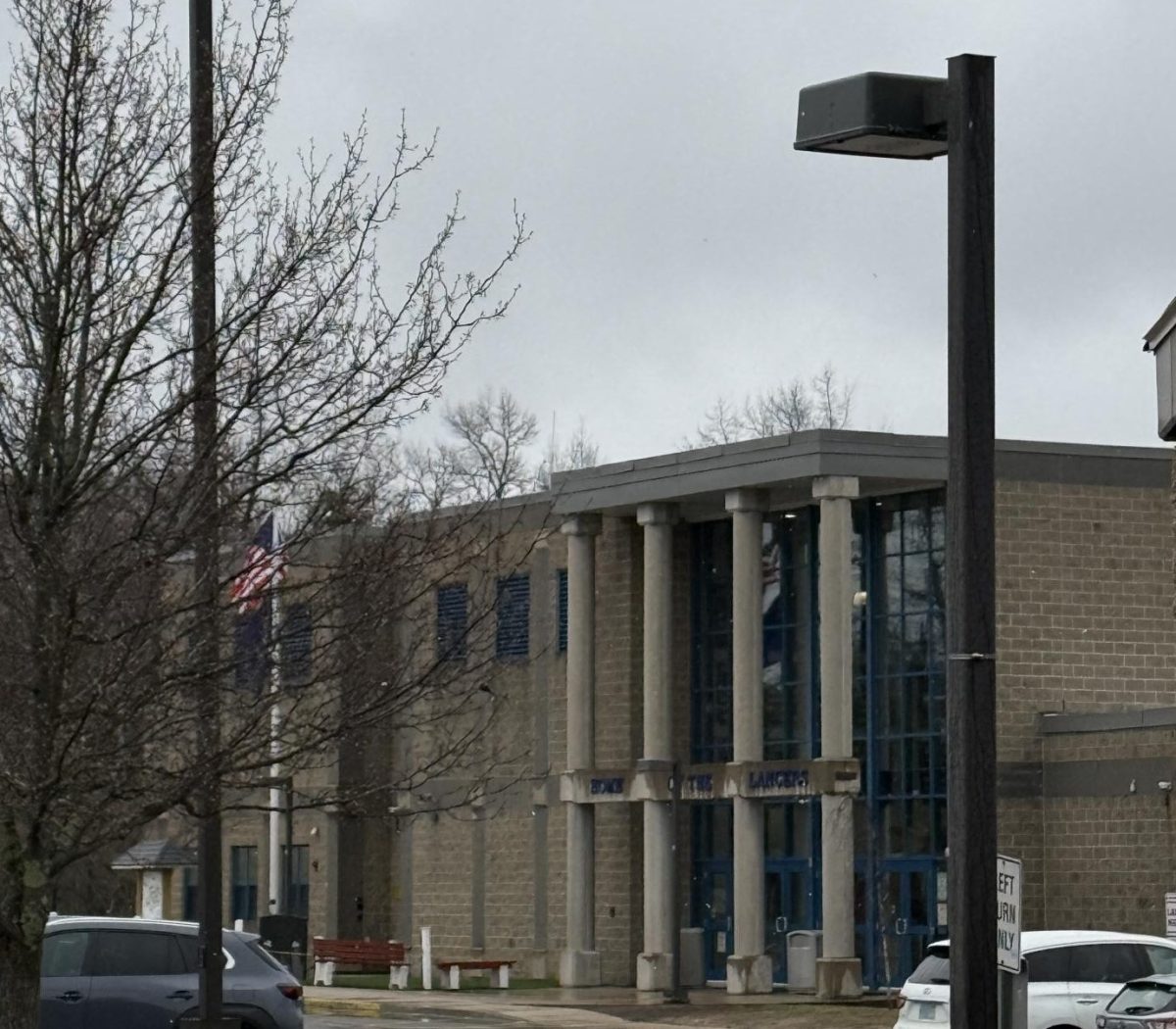
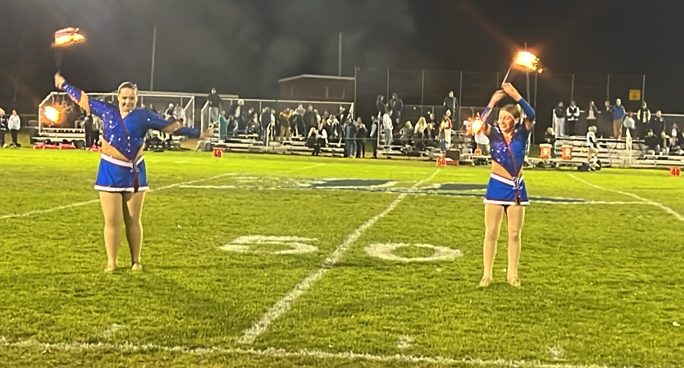
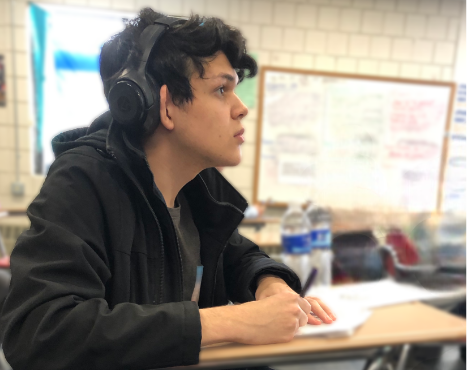
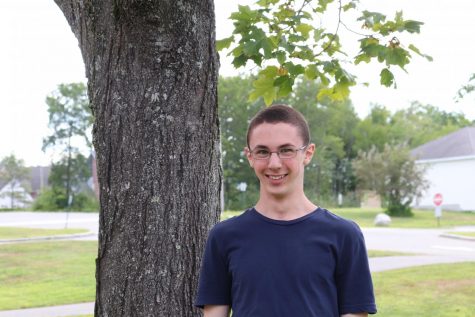
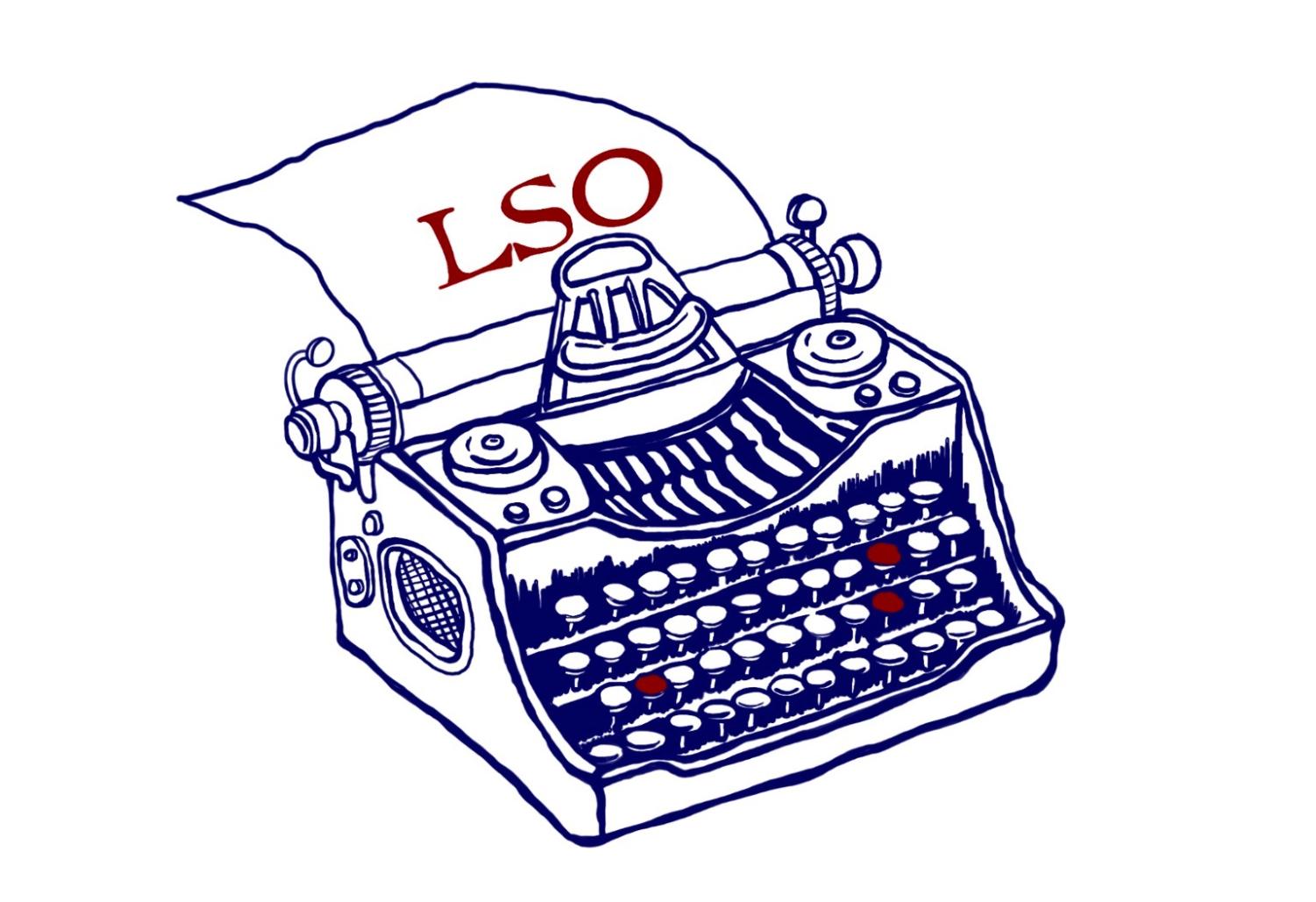
Peter Zisson
Dec 5, 2017 at 3:14 pm
Tim, you may not be aware of this, but this the third time “Murder on the Orient Express” has been made into a movie. You can probably find the other two on Netflix.